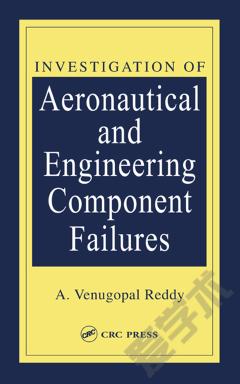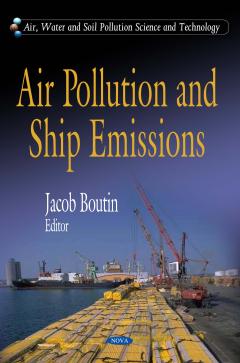Progress in Aircraft Icing and Aircraft Erosion Research
The subject of aircraft icing has a major impact on aviation safety. In this book, interdisciplinary topics related to aircraft icing are addressed with a specific emphasis on various types of icing, ice formation, icing terminology used in aeronautical applications, and ice prevention systems. Through a historical overview, designated milestones of aircraft icing research, development of scientific solutions, and improvement of icing detection systems are revisited for the purposes of shedding light on icing physics and related flight applications. This book explores contributions made by the National Aeronautics and Space Administration (NASA) and the Federal Aviation Administration (FAA) for aircraft icing and investigates a wide range of aircraft icing efforts, including mathematical models of air-droplet two-phase flow and computational methods for droplet impingement, in addition to experimental research in icing wind tunnels. With objectives to expand the core area of aircraft icing to interrelated topics, the erosion terminology is addressed from an aeronautical perspective. Erosion research in the aviation industry and the threat of solid particle erosion damages to aircraft underlines opportunities and challenges to ensure aviation safety. This book is an essential reference book for aircraft icing, the interdisciplinary topics of icing physics, and erosion testing in aeronautical applications.Target Audience:Every individual in Aerospace Engineering/Mechanical Engineering Disciplines
{{comment.content}}








 京公网安备 11010802027623号
京公网安备 11010802027623号